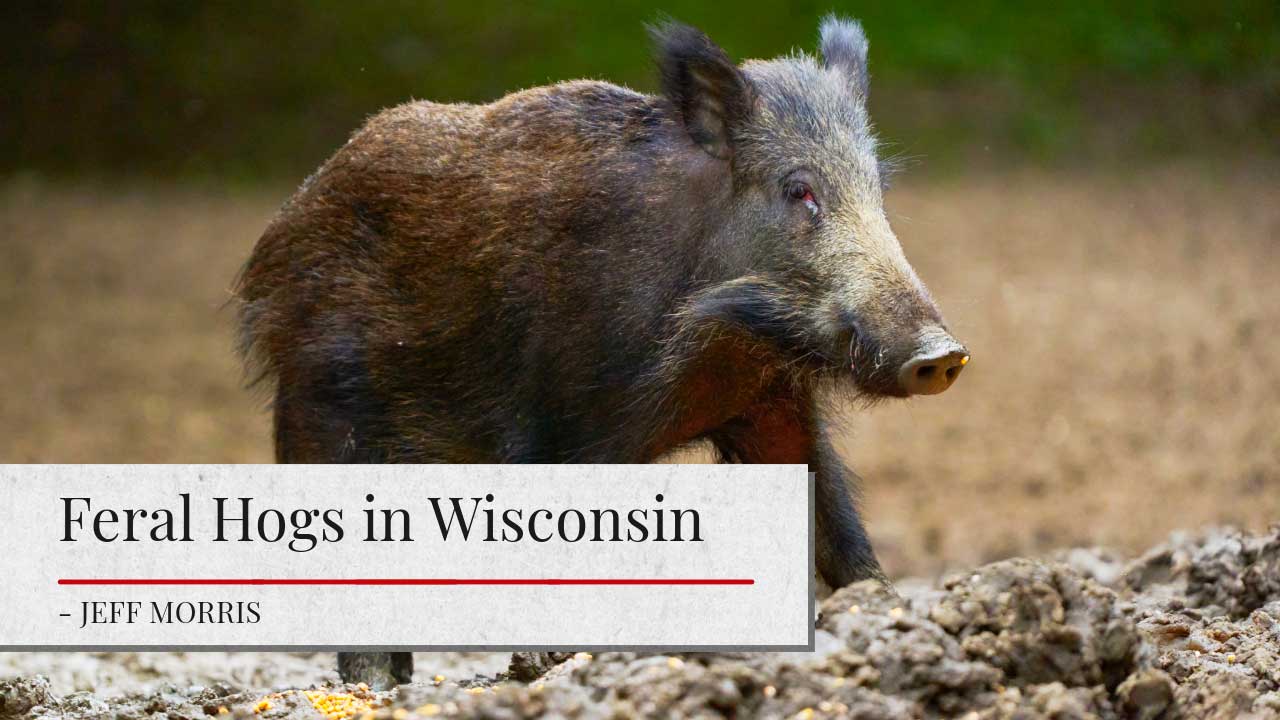
Introduction
With the onset of fall and approaching hunting seasons, Wisconsinites will be spending many more hours in the woods. Whether you are out hiking experiencing the beautiful fall colors, admiring wildlife, or searching for that elusive trophy buck, one animal we all hope not to encounter is a feral hog (Also known as a wild boar) The feral hog population in the United States continues to increase despite many efforts to eliminate them. With an estimated six million feral hogs across 32 states, they are responsible for 2.5 billion dollars of damage annually.
About feral hogs
Feral hogs can be aggressive towards people, pets, and have been known to spread thirty diseases and forty parasites. There is considerable variation in both color and size with females ranging in weight from 80 to 330 pounds and males from 100 to 400 pounds. Their hair coat is coarser, denser, and longer than domestic pigs. Feral hogs sense of smell and hearing are very good, while their eyesight is poor. Feral hogs are good swimmers and can also run up to thirty miles per hour. They are highly adaptable and can live in forests, swamps, grasslands, and agricultural fields, often rooting or digging up the landscape in search of food.
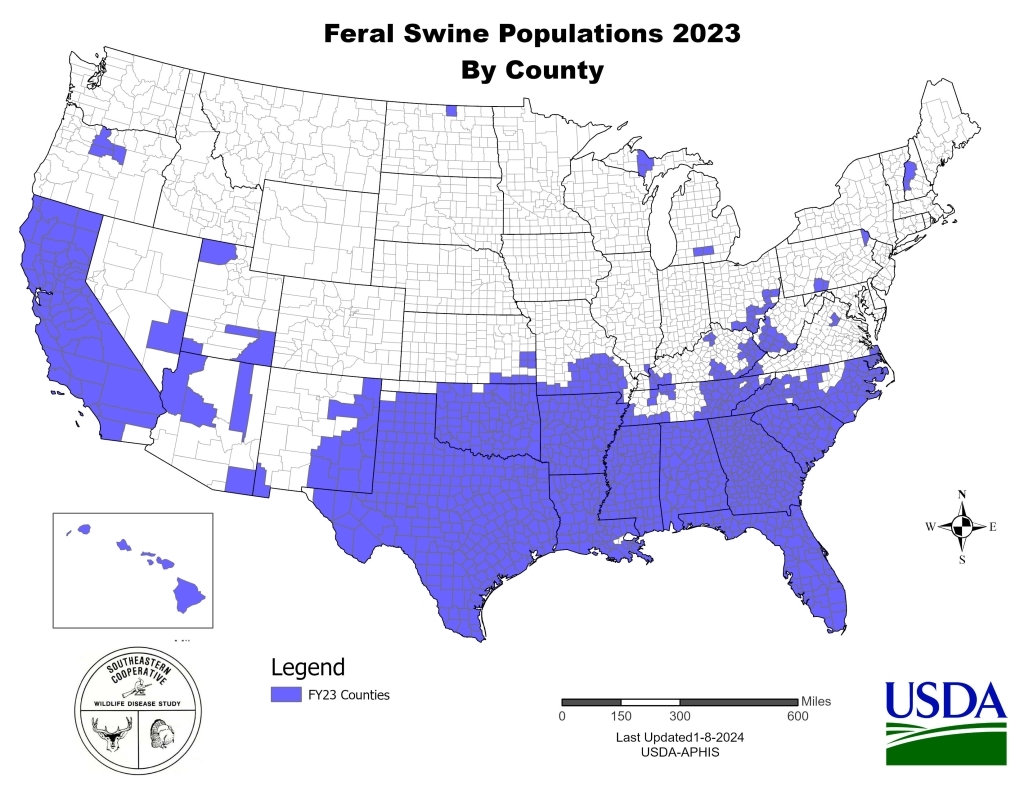
(source: USDA-Animal and Plant Health Inspection Service)
Feral hog sightings in Wisconsin
Feral hogs are an exotic non-native wild animal. It is imperative that you report any potential sightings to the Wisconsin Department of Natural Resources. Fortunately, Wisconsin has had only a few isolated sightings, making this not a serious problem at this time. However, we all need to do our part to make sure we keep this significant threat to our environment and agricultural operations under control.
Removal of feral hogs
The Wisconsin Department of Natural Resources promotes the aggressive removal of any feral hogs encountered. Feral hogs are considered unprotected and there are no closed seasons or harvest limits. Feral hogs can be removed by anyone who possesses a small game license and has permission from the landowner. Landowners can shoot feral hogs without a license on their own property. It is important to note that it is illegal to operate a captive feral hog hunting facility, to stock them, to release them, or to possess them. A word of caution, it is the hunter’s responsibility to determine if it is truly a feral hog or wild boar instead of a domestic pig that may have escaped from a neighboring farm.
Conclusion
Wisconsin has many opportunities for individuals and families to get outdoors and enjoy what the state has to offer. This fall and beyond, let’s do our part to watch and report possible feral hog sightings to the proper authorities. By doing our part, we can help maintain and improve our environment, farms, and reduce the significant threat feral hogs pose.
References
Feral Pig Hunting
https://dnr.wisconsin.gov/topic/hunt/feralpig
Feral Pig Sighting / Harvest / Contact Report
https://p.widencdn.net/wr2lhp/2300-315
The National Feral Swine Damage Management Program
https://www.aphis.usda.gov/operational-wildlife-activities/feral-swine/program#:~:text=APHIS%20implements%20activities%20to%20reduce,implement%20strategies%20to%20eliminate%20them
Manage the Damage
https://www.aphis.usda.gov/operational-wildlife-activities/feral-swine/methods
Reviewer
Adam Hartfiel
Regional Livestock Educator
University of Wisconsin-Madison, Division of Extension



 Preliminary forage recommendations for grazing solar sites
Preliminary forage recommendations for grazing solar sites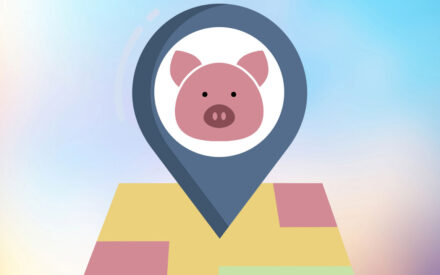 Importance of Traceability on Swine Farms
Importance of Traceability on Swine Farms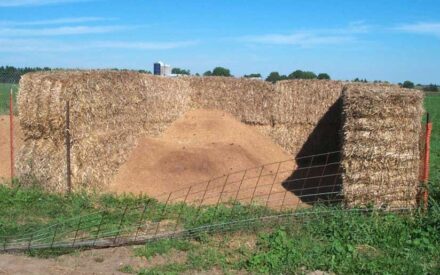 Composting Mortalities
Composting Mortalities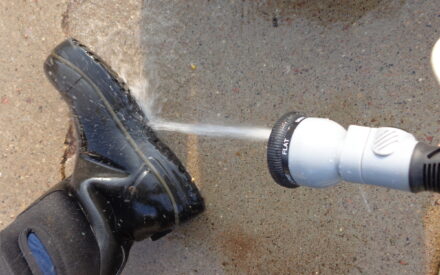 Step into biosecurity with clean and disinfected boots
Step into biosecurity with clean and disinfected boots


